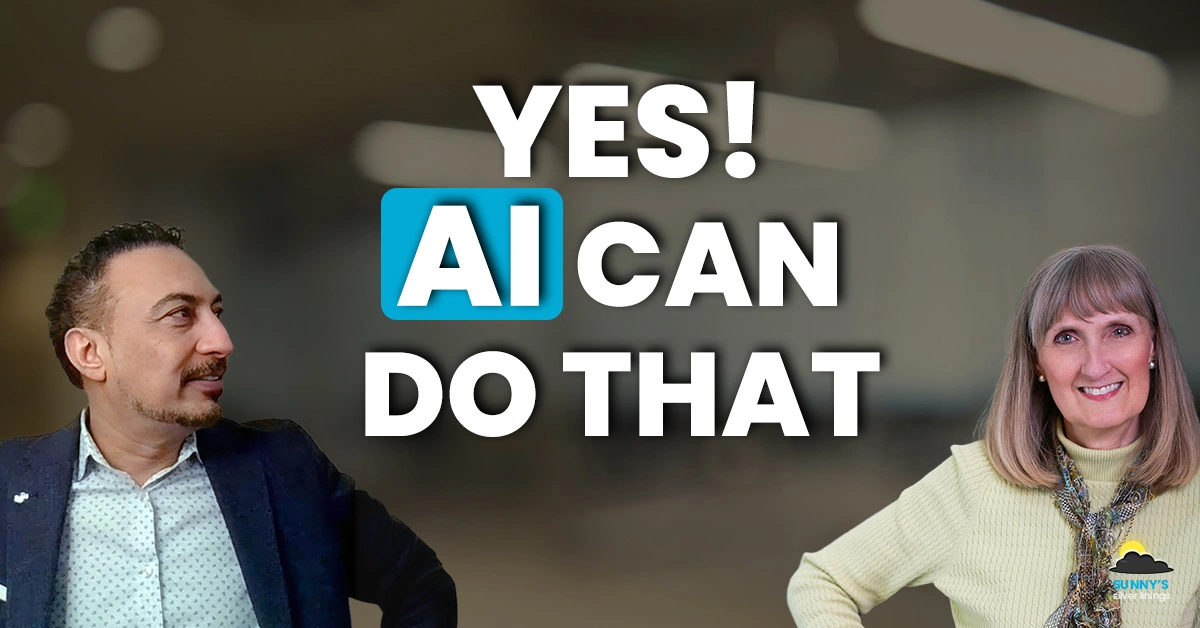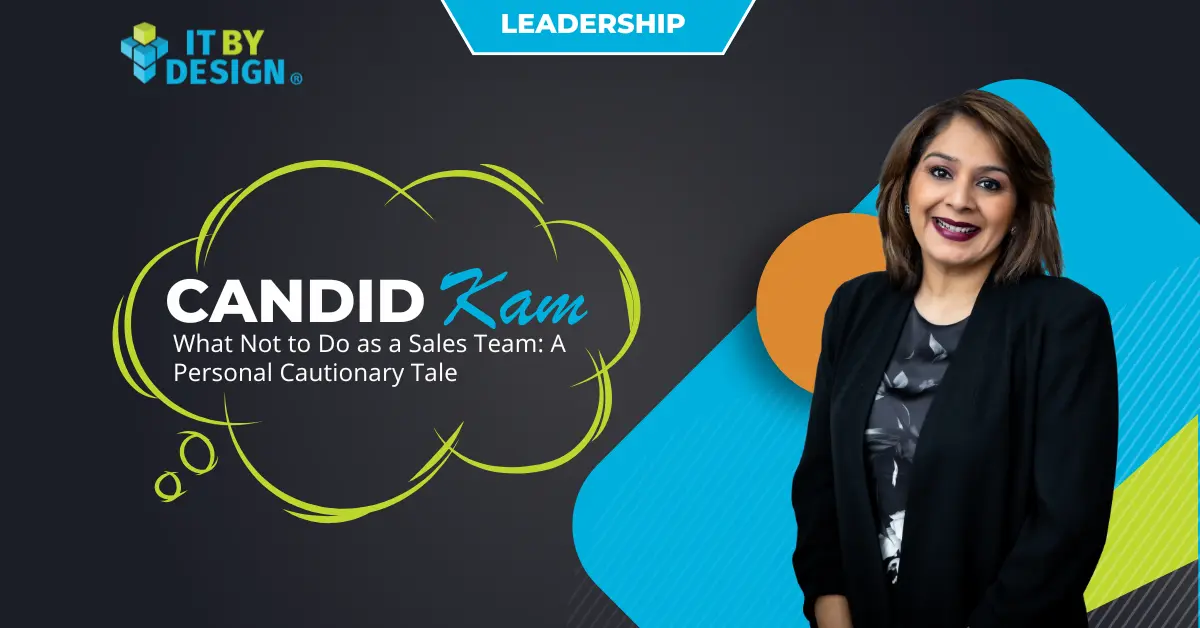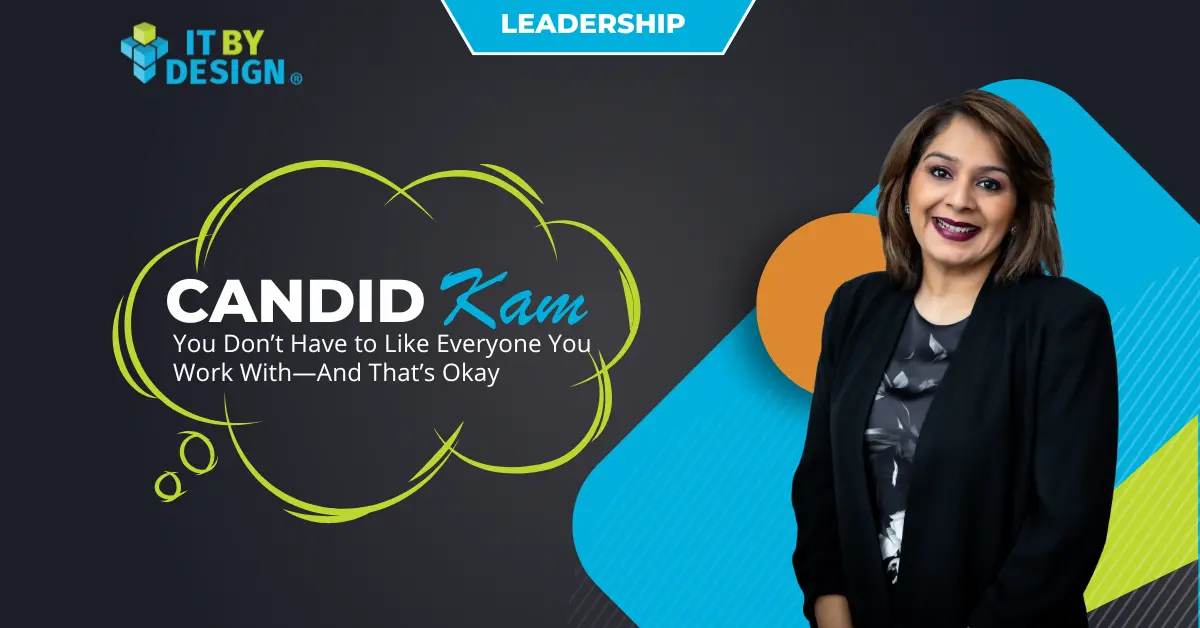Diversity should be a critical component of the innovation that leaders can drive in their organization. Wondering why? Research shows that diverse groups outperform homogeneous ones. A “Great Place to Work” study even suggests that having a more diverse and inclusive workforce helps companies thrive and survive recessions.
Diverse groups are better at avoiding “groupthink,” a psychological phenomenon that stops groups from making irrational decisions because its members value harmony and conformity over critical analysis. When there is greater gender, racial, and ethnic diversity in leadership, there is no majority group to which everyone needs to conform. No wonder why diverse leaders look at the problem through different lenses to create better solutions.
Start with self
When you are driving a cultural change within your organization, it does not solely revolve around changing employee attitudes. Before you can develop an environment designed to promote diversity within the organization, self-reflect and honestly address what stereotypes you may have toward different groups. Because these biases transpire on a subconscious level, you need to critically evaluate how you think about, speak to, and act toward members of different cultures. Once you gain awareness about your own thoughts, feelings, and interactions, it becomes easier to be aware of potential pitfalls—for yourself and those around you.
Diversity and inclusion are sensitive topics, and missteps are inevitable. So, don’t be afraid to look for help! Also, be prepared for conflict and discomfort as you work to understand the perspectives of others. Approach these instances with empathy, humility, and a willingness to learn.
Promote deserving diverse talent
Hold leadership accountable for nurturing diversity and cultural positivity. Encourage department heads to prepare and present a cultural profile of their people. If they don’t have enough of a talent pool from which to select emerging leaders, then grow the pool. This means actively hiring more diverse candidates and then investing in their leadership potential.
Hire for true diversity
There are structural management practices one can use to avoid unconscious biases in efforts to hire according to different race, gender, ethnicity, sexuality, religion, and socioeconomic status. Interviewers need to be reminded of unconscious biases. Having a diversity officer during recruitment drives can come in handy in order to keep diversity at the forefront of the process.
Also, train your recruiters to look for diversity beyond skin color and gender. If you want diversity of thought, you have to bring in people around you who have diverse experiences. Differences in race, gender, and socioeconomic background are three ideal characteristics to look for, but so are differences in learning style.
Sensitize your middle management with training
Everyone in the organization needs to learn to coexist with a diverse range of people, as well as being cognizant of cultural sensitivity, to achieve harmony within a diverse workplace. We often see the executives at the very top saying all the right things about diversity while their middle management, who are hands-on in the organization and shape employee experience, don’t feel accountable for diversity and inclusion.
This is where sensitivity training can help your team leads and managers understand their own biases and prejudices. To begin with, the sensitivity training will make them know what actions are offensive and why they are perceived as such. And again, being aware of even subconscious biases is a great place to start this journey.
Make it clear through policies and practices
Employee handbooks should cover the “code of conduct” in great detail, clearly outlining the company’s policy toward diversity. Create a way for employees to give feedback on diversity policies with surveys and suggestion boxes. Remember, any feedback received, both positive and negative, is valuable.
If someone voices a complaint about bias or discrimination, listen carefully, follow up, and then take action as appropriate. Slurs, name-calling, and bullying employees have no place in the workplace. Even without someone making a formal complaint, if you see someone saying or doing something inappropriate, don’t let it slide. Everyone in a room may laugh at a sexist or racist joke, but that doesn’t make it appropriate workplace behavior and it must be addressed immediately. Make sure your team understands there is never a penalty for speaking up about biases in the workplace.
Final Thought: One of the best investments an employer can make is nurturing the diversity across the organization by hiring, retaining, and promoting diverse talent. In a global talent market, managing diversity in the workplace has a definite competitive advantage concerning differentiation, innovation, and employer branding.








